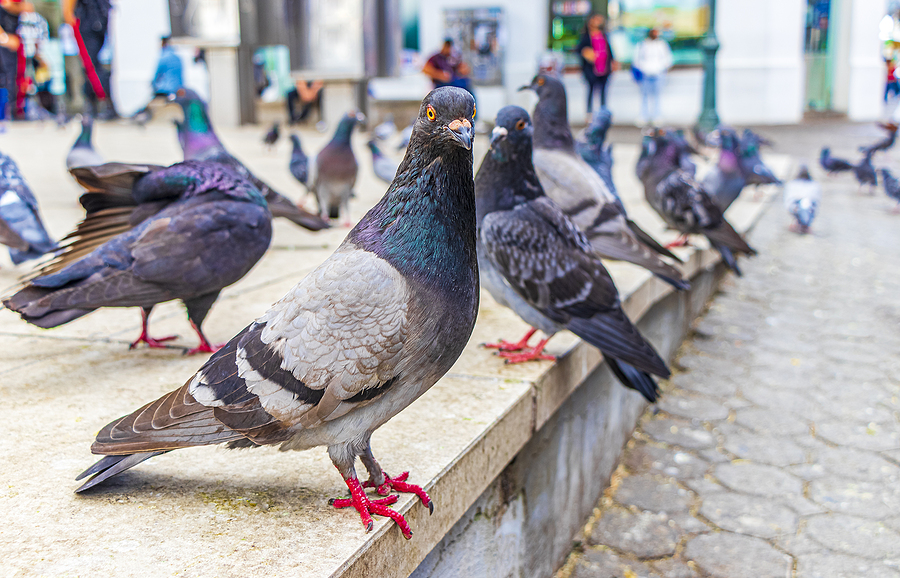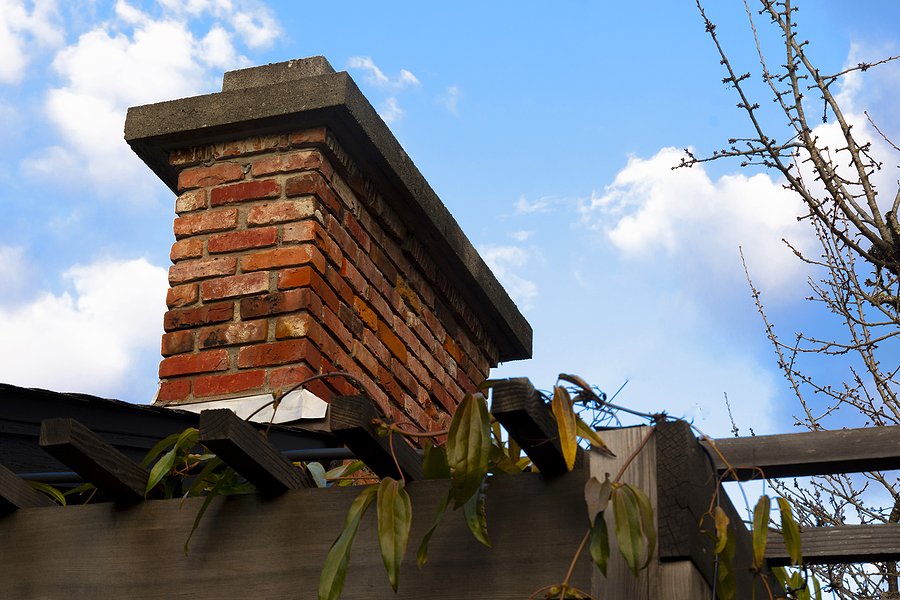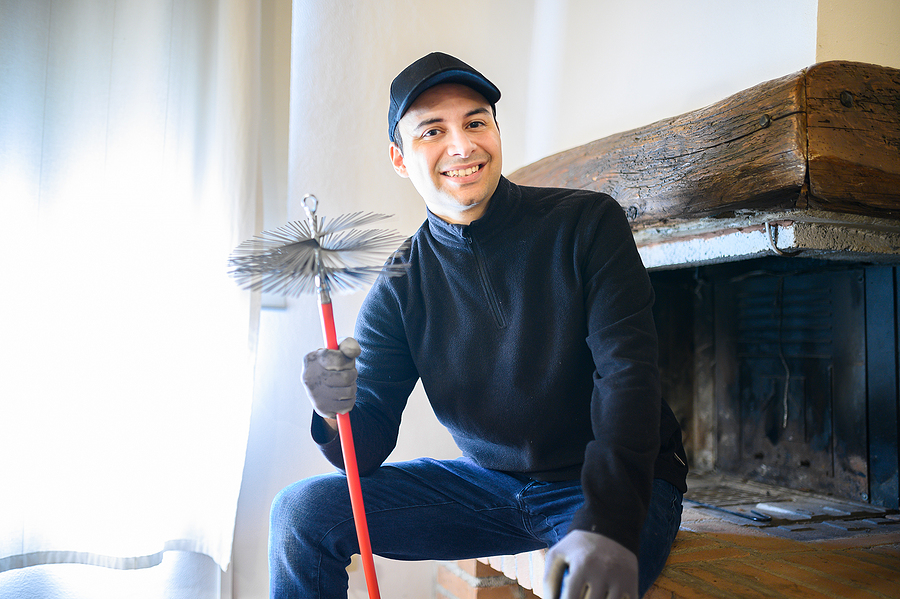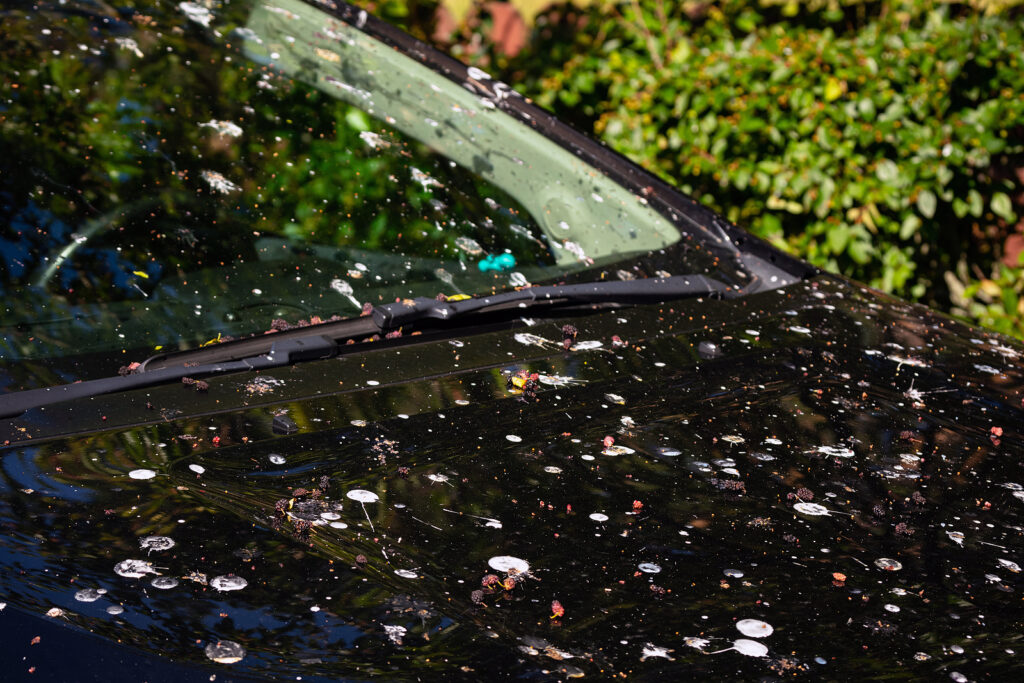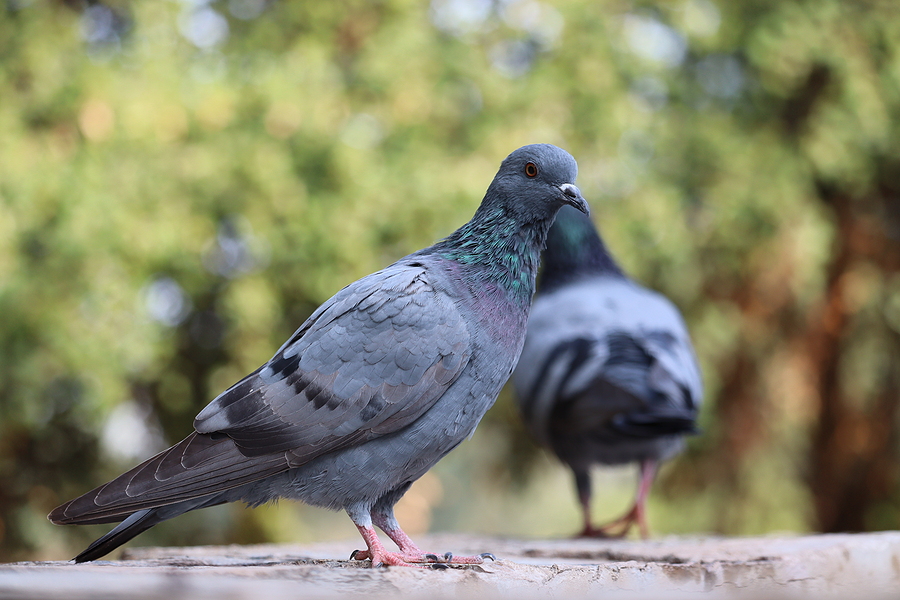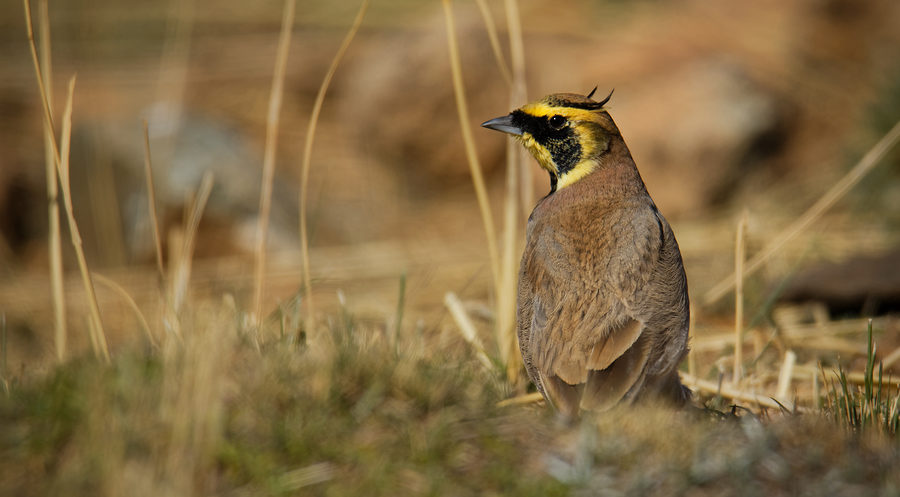Birds can be a beautiful sight in nature, but when they invade your property, they can become a significant problem. Whether you’re a property manager or a homeowner, dealing with nuisance birds can be both frustrating and challenging.
The purpose of this guide is to help you understand the impact birds can have on your property and provide practical solutions to keep your spaces bird-free. By the end of this post, you’ll have a comprehensive understanding of bird control methods and why they are essential for maintaining a safe and healthy environment.

Common Types of Nuisance Birds in the Mid-West
Identifying the common nuisance birds in the Mid-West is the first step in effective bird control. Different species cause unique problems, so recognizing them can help you tailor your approach.
Pigeons
Pigeons are notorious for flocking to urban areas. They are often seen on rooftops, ledges, and in parks. Their droppings are acidic and can corrode building materials, creating long-term damage. Pigeon hunting is an accepted practice but requires a license and strict internal safety codes.
Sparrows
These tiny birds might look harmless, but they can create big problems. Sparrows are known for nesting in large numbers in attics, eaves, and other crevices. Their nests can block vents and gutters, leading to water damage.
Woodpeckers
Woodpeckers can cause significant structural damage to buildings by creating holes in wooden structures. They are also known for making loud noises, which can be disruptive. They are attracted to areas with insects, so controlling the insect population is crucial in preventing woodpecker infestations.
Starlings
Starlings are highly adaptable and usually travel in large flocks. They make their homes in attics and chimneys, where they can cause noise disturbances and fire hazards. Their massive flock sizes exacerbate the level of damage they can do to a property.
The Damage That Nuisance Birds Can Cause
Birds may seem harmless, but they can cause substantial damage to properties, posing both health risks and structural issues.
Health Risks
Bird droppings aren’t just unsightly; they are a health hazard. They can carry over 60 diseases, including Histoplasmosis, which can be harmful to humans. The accumulation of droppings can also create slippery surfaces, increasing the risk of falls.
Property Damage
Birds, like pigeons and sparrows, can cause significant damage to buildings. Their droppings are acidic and can erode metal, stone, and wood over time. Nests can clog gutters and downspouts, leading to water damage and potential roof collapse.
Noise Pollution
Birds can be extremely noisy, especially during nesting season. The constant chirping and cooing can disrupt the peace and quiet of your home or property. This noise can be particularly bothersome in residential areas and can affect the quality of life.
Effective Bird Control Methods
There are various methods to control birds effectively. These methods fall into three main categories: physical, environmental, and technological solutions.
Physical Solutions
Physical barriers are one of the most common and effective bird control methods. Bird spikes can be placed on ledges, roofs, and other areas where birds perch. They prevent birds from landing without causing them harm. Another option is bird netting, which can block birds from accessing particular areas like gardens or balconies.
Environmental Solutions
Changing the environment can discourage birds from settling. Removing food sources, such as uncovered trash or bird feeders, can make your property less attractive. Additionally, trimming trees and bushes can reduce nesting opportunities.
Technological Solutions
Advanced technology can also play a role in bird control. Ultrasonic bird repellent devices emit sounds that are unpleasant to birds but inaudible to humans. Motion-activated sprinklers can scare birds away from gardens and lawns. These high-tech solutions are effective and humane.
Integrated Pest Management (IPM)
IPM combines multiple bird control methods for a comprehensive approach. It involves monitoring bird activity, employing various deterrents, and adjusting strategies as needed. This holistic approach ensures long-term success.
Bird-Proofing Tips for Property Managers and Homeowners
Practical tips can make implementing bird control measures easier for both property managers and homeowners.
For Property Managers
Regular inspections are crucial. Check for signs of bird activity, such as droppings, nests, and noise. Educate tenants about the importance of not feeding birds and keeping areas clean. Work with professional wildlife removal services to handle severe infestations.
For Homeowners
Consistency is key. Regular maintenance of bird control measures ensures long-term success. Periodically check and replace damaged spikes, nets, and other control devices to ensure they remain effective.
The Benefits of Bird Control
Implementing bird control measures offers numerous benefits that enhance safety, health, and aesthetics.
- Enhanced Safety – By keeping birds away, you reduce the risk of slip-and-fall accidents caused by bird droppings. You also prevent the potential fire hazards associated with nests in chimneys and vents.
- Improved Health – Reducing bird presence minimizes exposure to diseases carried by their droppings. A bird-free property is a healthier environment for you, your family, and your tenants.
- Aesthetics – A property free of bird droppings and nests looks cleaner and more appealing. Well-maintained buildings and grounds can increase property value and create a welcoming atmosphere.
Conclusion
Bird control is essential for maintaining safe, healthy, and aesthetically pleasing properties. Whether you’re a property manager or a homeowner, understanding the impact of birds and implementing effective control measures can make a significant difference. From physical barriers to advanced technology, there are numerous solutions available to keep your property bird-free.
For professional assistance, consider contacting a trusted wildlife removal company. They can provide expert guidance and services to handle bird infestations effectively. Implement these bird control strategies today and enjoy a cleaner, safer, and more attractive property.
Do you suspect you have a nuisance bird problem on your property? Are there birds in your attic or chimney right now? Contact Modern Wildlife Control at 317-847-6409 for licensed and insured animal trapping and removal for birds in Indianapolis, Indiana. We serve residential and commercial clients.
Related Posts:
What You Should Do if You Have Birds in the Chimney
Top 5 Strategies for Bird Removal and Control
A 46,000 Year Old Bird That Was Just Found in Siberia

